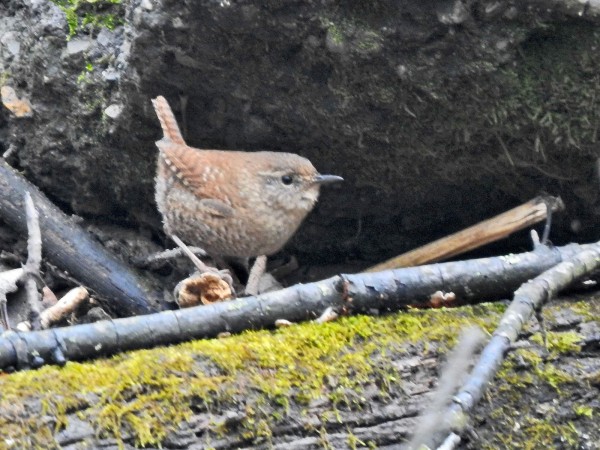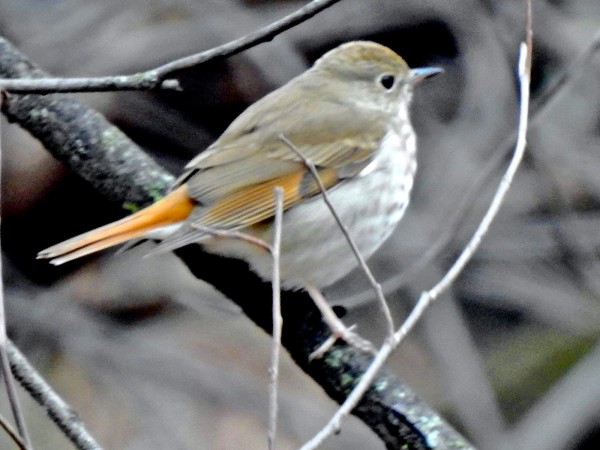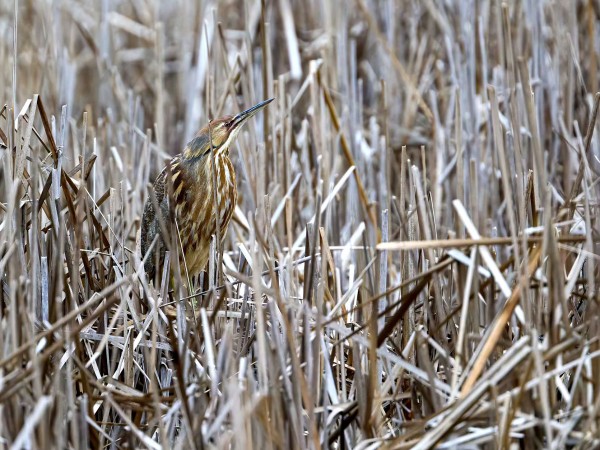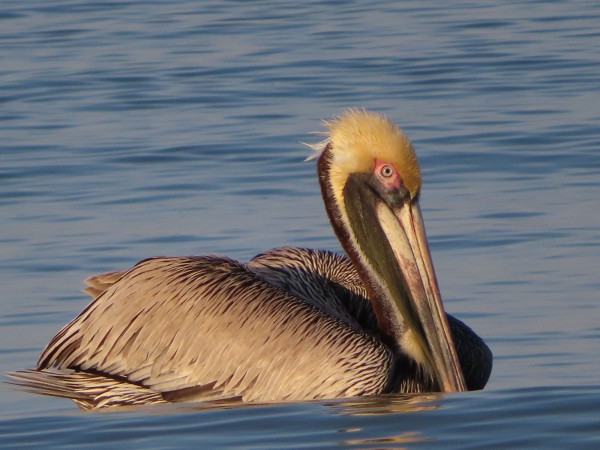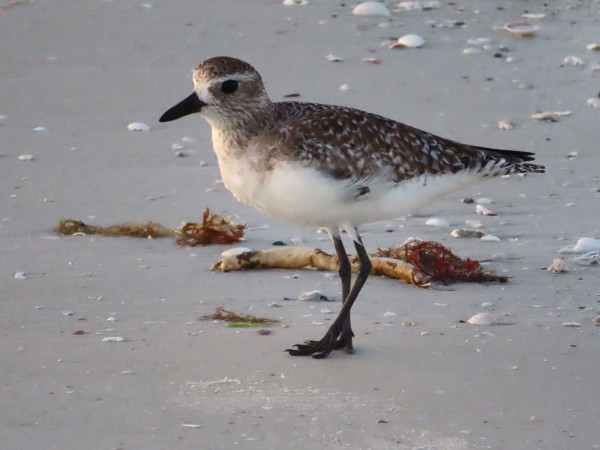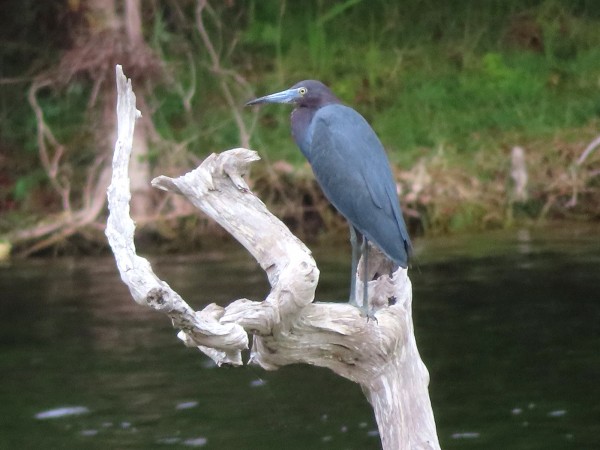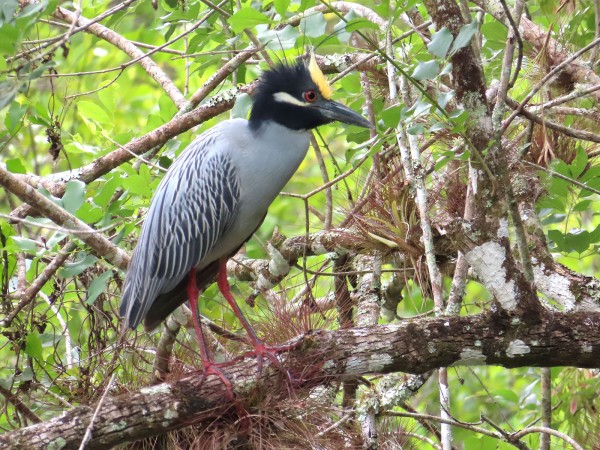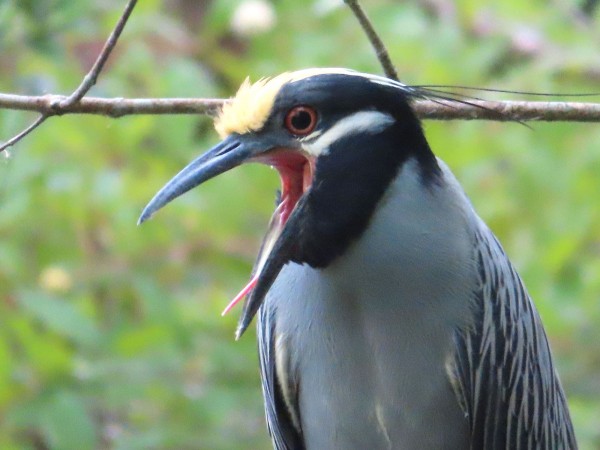Chuck's Birding Report #107
29 March - 04 April 2022
Dear fellow flock of birders,
Here are the new bird arrivals in the UW Arboretum while I was down in Arboretum South (Florida).
The smaller birds that have arrived are birds such as the Eastern Phoebe, Golden-crowned Kinglet, Fox Sparrow, Chipping Sparrow, Brown-headed Cowbirds, Yellow-rumped Warbler, Eastern Bluebirds and Swamp Sparrows.
One more in that category were seen and photographed by Linda Deith. That one was the Yellow-bellied Sapsucker. Most notably the Sapsucker has a red forehead and throat if it is male. The female has a red forehead but no red throat. Thank you Linda for sharing your photo of the Yellow-bellied Sapsucker.
Two other small migrants that have increased in numbers recently are the Winter Wren and Hermit Thrush. Pat Ready has kindly shared his photos of these two birds. Thank you Pat for letting us see your discoveries. The photos are included.
Another two categories of birds that have arrived recently are shore birds and waterfowl. One that has just arrived in the last couple days is the American Bittern that has been seen in the Spring Trail Pond area of the Arb. Cynthia Carlson captured a photo of this bird just yesterday. Cynthia took a wonderful photo of the bittern and it is included. Thank you Cynthia for sharing you photo with our group.
I have a lot of catching up to do trying to find all the new arrivals.
The rest of my bird report is about birds I saw and photographed in Florida either in Melbourne on the east coast or in Fort Myers Beach on the Gulf. I haven’t counted the lifers I saw yet but I know I did get some. The beach home we stayed in faced the Gulf waters and was only a 25 yard walk to the edge of the water.
One of my favorite birds flying low over the water in the morning was the Brown Pelican. As it flew over the water it would fly up and plunge into the water to catch a fish. After coming to the surface it would throw up its head and swallow its catch. This is a very different technique of fishing than that of the American White Pelicans. The white pelicans form a group and while floating on top of the water they all dip their bills in the water simultaneously. A photo of the Brown Pelican is included.
One of the shorebirds that runs along the edge of the water poking its beak into the sand for food is the Sanderling. A couple days they numbered in the 20s and were completely unafraid of the all the people walking and running along the beach. Included is a photo of one Sanderling.
Another larger bird that flies over the ponds occasionally stopping at the edge to feed on small fish is the Little Blue Heron. The beak of this bird is bright blue while the rest of the bird is blue gray. The immature bird is white. Included is a photo I took of the Little Blue Heron in the grasping hand of a snag.
My last three photos are of the Yellow-crowned Night-Heron. We found a pair at one small pond at Six Mile Cypress Slough. If you ever go there it is well worth birding the slough. There is no entry fee and only one dollar for each hour you park there. The Yellow-crowned Night-Heron is rare up here but much more common down there. We stood and watched the pair for a long time. It was really fascinating. I think it was a male and female pair based on its behavior. The first photo of the YCNH is a side view that shows its yellow crown standing up as well as the black feathers behind standing up. It shows the gray smooth feathers on its underside and the individually outlined feather of its wings. This is all topped off by red legs and feet. It is a very handsome bird.
The next photo shows how a Yellow-crowned Night-Heron reacts when it sees me – totally aghast! Note that it stuck its tongue out at me too.
The last photo is my favorite. I believe it is a male trying to impress a female. It is bowing down to the female. It also lifts its wings up as well as some fluffy surface feathers. I don’t know if the female was impressed but I certainly was. While we were watching this bird it displayed this courtship behavior about 20 times. It was hard to photograph because it was a quick move.
That’s the bird report from the Madison Arboretum and also Arboretum South or commonly known as Florida.
I wish you all good health and good birding too,
Chuck


